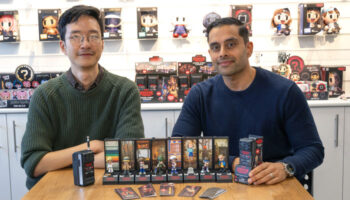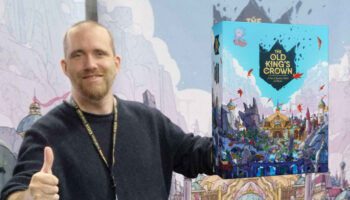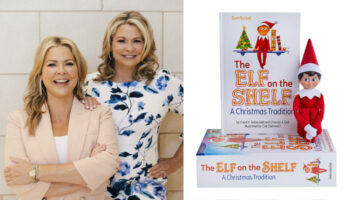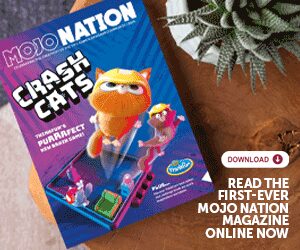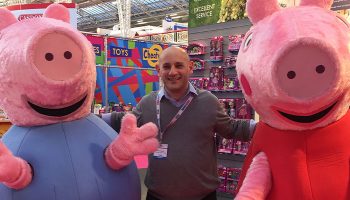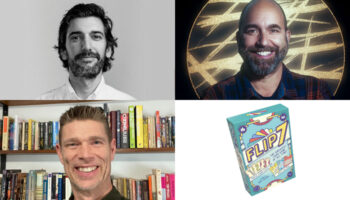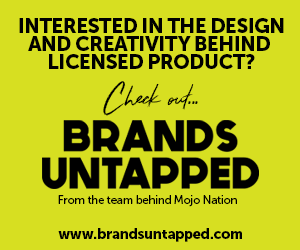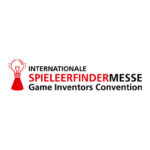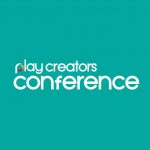ToyVision’s Jonny Henton on India opportunities – and ways to encourage companies to take bold swings
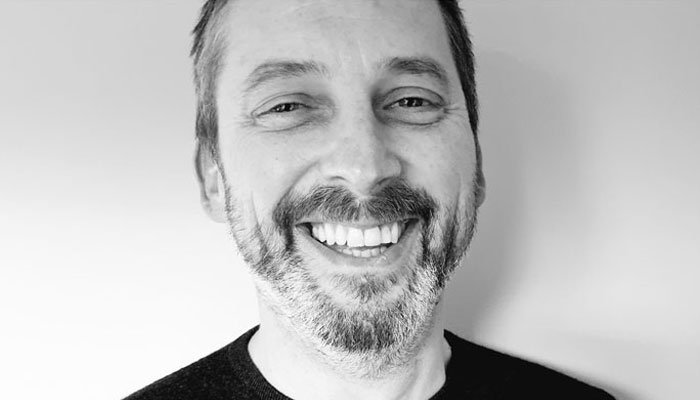
Jonny, it’s always a treat to chat. For anyone who hasn’t worked with you and ToyVision before, what sort of services are keeping you busy at the moment?
A big chunk is working with India – especially Funskool and also Micro Plastics – helping them find and develop new relationships. It’s challenging and exciting all at the same time because they’re very different businesses. Micro Plastics is centred around very high volume OEM business, whereas Funskool do both small and large and have a much wider array of processes and capabilities. Funskool also have their own brands so the work is also about helping them develop some of these product lines as well. Due to changes in local and global landscapes Indian sources have become much more popular in recent years, so Funskool have naturally become much more OEM focused and invested heavily in their facilities to satisfy demand.
The other aspect of what I do is consultancy. As you know, my background is in engineering, project management, and also working with inventors as I did at Vivid. I’ve been in the industry 30 years now and worked on all sorts of products from talking keychains to scooters. All have their challenges, opportunities and potential pitfalls. With everyones margins tuned to the last percentage point, finding ways to optimise the product offering and/or process can be the difference between success and failure.
On your work in India, what sorts of concepts resonate with the Indian market?
It’s very much a developing market with a growing population able to buy toys. In the past, a good product achieved 20,000 or 30,000 pieces a year – which meant domestically developed products would take several years to get a return on their investment in design and tooling. This in turn meant they couldn’t go for high fashion or highly innovative products because they’re too risky. Consequently many of their product lines are classic staple piece types, so in pre-school that would be pull-alongs, shape sorters and things like that.
However, the market is slowly changing… Although leading manufacturers such as Funskool are looking to shake things up with their own lines, they also offer the domestic market as an opportunity for their international OEM clients who would otherwise not have access to it. This is because India has highly restrictive import duties, so the only way to sell your product in India is if you make it in India. Hence, India should not only be seen as an alternative to China, but potentially a new and exciting market opportunity.
Interesting. Now, Linkedin tells me ToyVision is eight years old. Have those eight years gone as you’d expect them to? Or are you doing things these days that weren’t in the original plan?
Probably the consultancy aspect – I’ve never liked the term ‘consultant’.
Oh?
It almost smells of somebody that needs their confidence boosting.
Ha!
But actually I’ve really enjoyed it. I’ve only ever worked for two companies before setting up ToyVision – Hasbro and Vivid. In those two companies, you get different experiences, but you also assume that’s how the toy industry works for everybody everywhere. And of course it’s not – every company has very different challenges, strengths and strategies…
Working as a consultant, you have to figure out those nuances, how you fit and how you add the most value. It’s one of the most interesting aspects of the work and sometimes brings opportunities for Indian partners too. It’s been good – and I still work with China – so yes, a fun eight years!
And do you still invent, or having ideas for items?
In all honesty, I was always down as more of a ‘shaper’ than a blank canvas ideas person! I know and understand what makes a product exciting and original, as well as work commercially, but people like Fi Murray at Making Things are more focused on the initial idea stage. I have my moments, but it’s not where I’m strongest! Managing and shaping concepts to fit wider strategies are more my thing.
You mention Fi, who you used to work with back in the day at Vivid – and when I say back in the day we’re talking late 00s, I don’t want you to feel ancient! But what made Vivid a special place to be at that time?
Well, I went from Hasbro, which was incredibly organised and system led, to Vivid – and I’ll never forget on my first day, they gave me a new computer, screen and everything… While the IT guy was unboxing it all, I went to the bathroom and came back to discover that the screen and the keyboard had been stolen, so I was literally just left with the machine! I thought: ‘Bloody hell, this is quite a different business to Hasbro!’
Ha!
I was the first engineer there and from the early days, it was great working with the senior management team because they really listened and valued your input. And we were fortunate to have the same ‘corporate parents’ for a long time, really, with Nick Austin and Alan Bennie, the two partners, and then Paul Weston and Simon McIntosh. Nick was fantastic at winning licences and managing the licensors – even when we were on the downside of the curve which really isn’t easy.
And we eventually had a design team that not only supported everything that we were looking to do, but were energised and excited by it. Most people did really long hours, but because we loved what we were doing. It was certainly a really good time.
Before we wrap up, do you think the industry today is a good place creatively?
I do, although it’s changed so much over the years. The way products are marketed, the touch points with consumers, how to be relevant, get their attention and offer something original and cool… Licences still play such a big part and if you can add a twist of innovation that fits the line it can work really well.
I think that a lot of manufacturers turn down concepts that are good, but that maybe fall outside their comfort zone. Although it can be due to other pressures in play – like all the other commercial challanges and world events! I do think it’s a shame though, as it means companies stay in their lane, become more specialised, and more risk averse. I like it when companies aren’t afraid to take bold steps and push new ideas to see what happens. Some huge successes came about that way.
What can encourage that kind of risk-taking?
I believe it’s about having a strategy to build confidence – speculating an affordable percentage on a new concept or venture. If it comes in, confidence will build in the ability to try new stuff and be a little experimental without ever betting the farm! Vivid did a bit of that. We did the X Factor dolls and we got ‘Family Game of the Year’ with Golden Balls, based on the TV game show.

We also did a load of gift product around comedy IP like Trigger Happy TV and Ali G – talking keychains, dolls, all sorts of stuff. Some of those were quite cheap licences to pick up, but they had an audience and we evolved a formula for what would work and what wouldn’t, but it all added up. It was also really good fun.
I’ve just seen an original 2002 Vivid Ali G doll on eBay. Looks fun – and £100… Imagine if you’d signed one! But thanks again Jonny, it’s always great to catch up.

–
To stay in the loop with the latest news, interviews and features from the world of toy and game design, sign up to our weekly newsletter here






